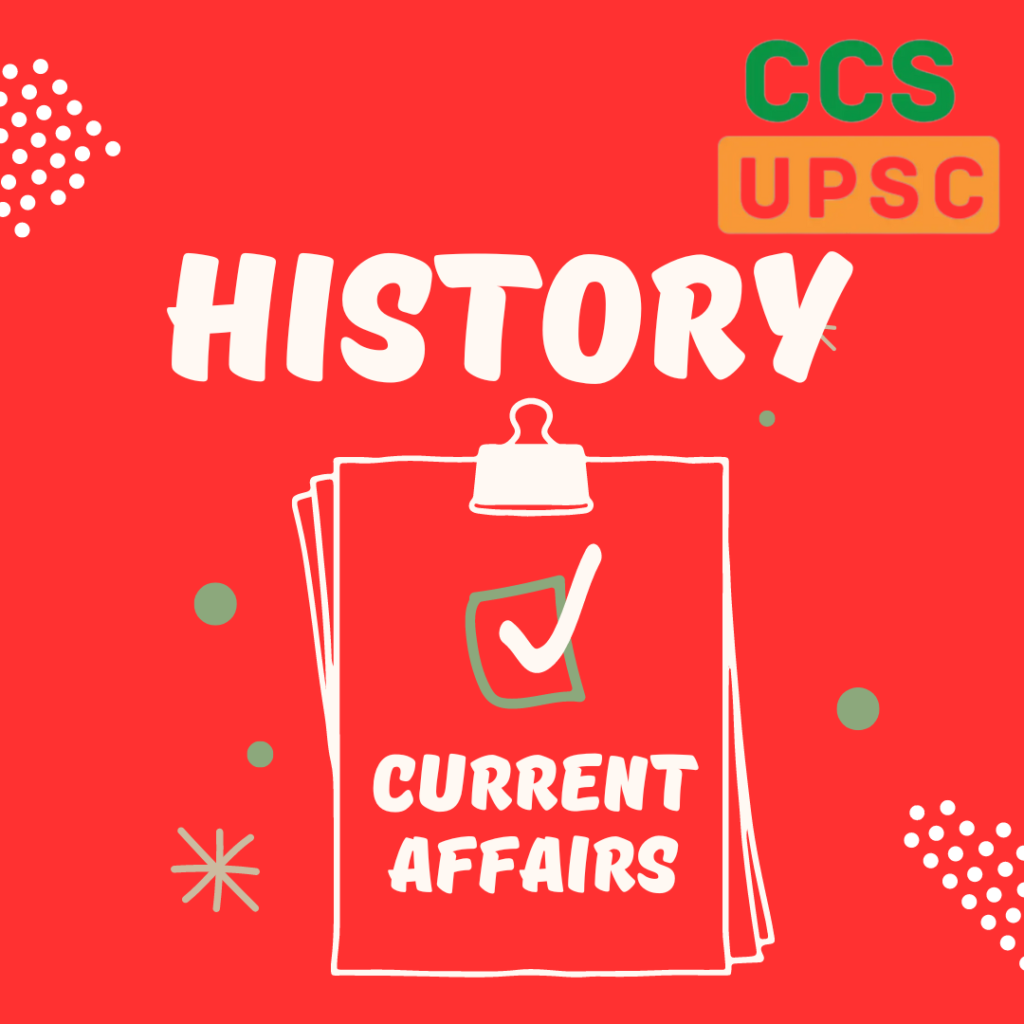In News
∙ The Indira Gandhi National Centre for Arts (IGNCA) proposes to conduct a linguistic survey across the country to create a ‘Language Atlas’ of India.
About IGNCA
∙ IGNCA was set up in 1985 under the Culture Ministry in honour of late Prime Minister Indira Gandhi after her death in 1984
∙ It is meant to be a resource centre for the arts and to provide a forum for creative and critical dialogue.
About Language Atlas’ of India
∙ The first and most exhaustive Linguistic Survey of India (LSI) was carried out by Sir George Abraham Grierson and published in 1928.
∙ The Indian map was redrawn after Independence, and therefore, the LSI includes languages and dialects that may not be a part of contemporary Indian States.
∙ The proposed linguistic survey would focus on the number of languages and dialects in India, would try to know how many languages are spoken in India, and how many scripts and dialects there are.
∙ It would also have the number of languages and dialects which are extinct or on the verge of extinction
∙ The stakeholders in the survey would be the Ministries of Culture, Education, Tribal Affairs, Home, Social Justice and Empowerment, and Development of the North East Region, apart from various language communities.
∙ Phases : The DPR proposes that firstly, there should be State-wise data collection, and then region-wise.
∙ It also proposes to digitally archive the audio recordings of all the languages spoken.
∙ Need: A language is a means of communication and is essential for preserving local wisdom, knowledge, stories and culture.
∙ Many janjatis (tribal communities), for example, have their own localised medicinal plants and herbs, which they pass on to younger generations in their local language.
| Do you know ?– India recognises 22 languages officially, which are part of Schedule 8 of the Indian Constitution. – According to Census data, 97 % of the Indian population speaks one of these languages. – There are an additional 99 non-scheduled languages included in the Census, and according to the 2011 Census, around 37.8 million people identify one of these non-Scheduled languages as their mother tongue.– The native language of 1.2 million people remains unaccounted for due to the decision to not include languages with less than 10,000 speakers in the Census since 1971.A. of all the Census surveys, the official Census of 1961 was the most exhaustive and detailed with respect to linguistic data. In this Census, even languages with a single speaker were included in the records. |


